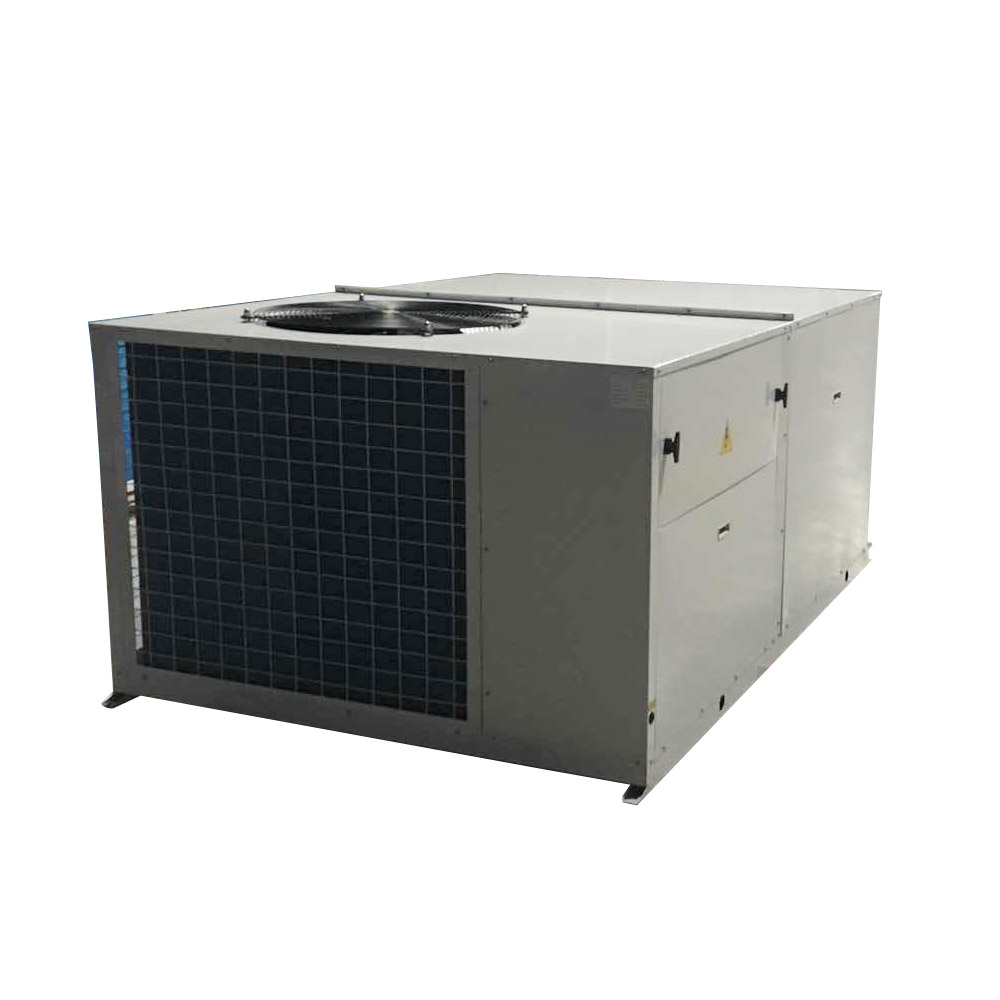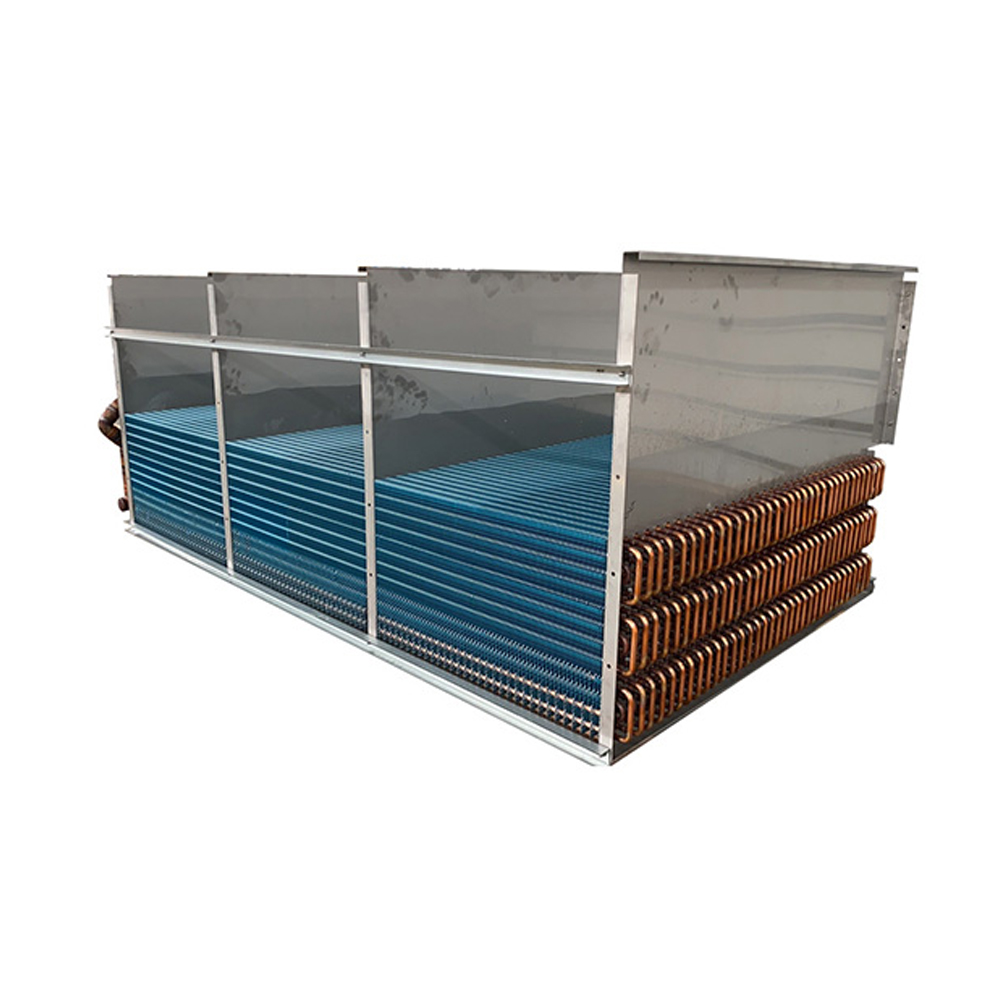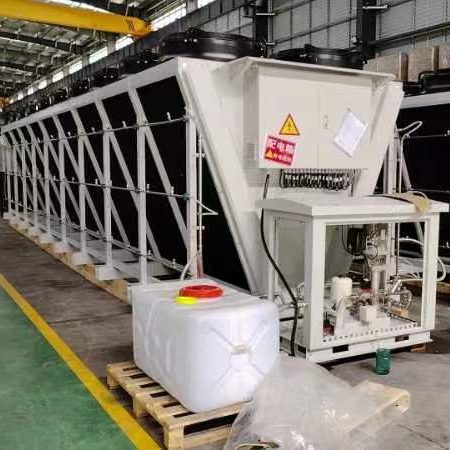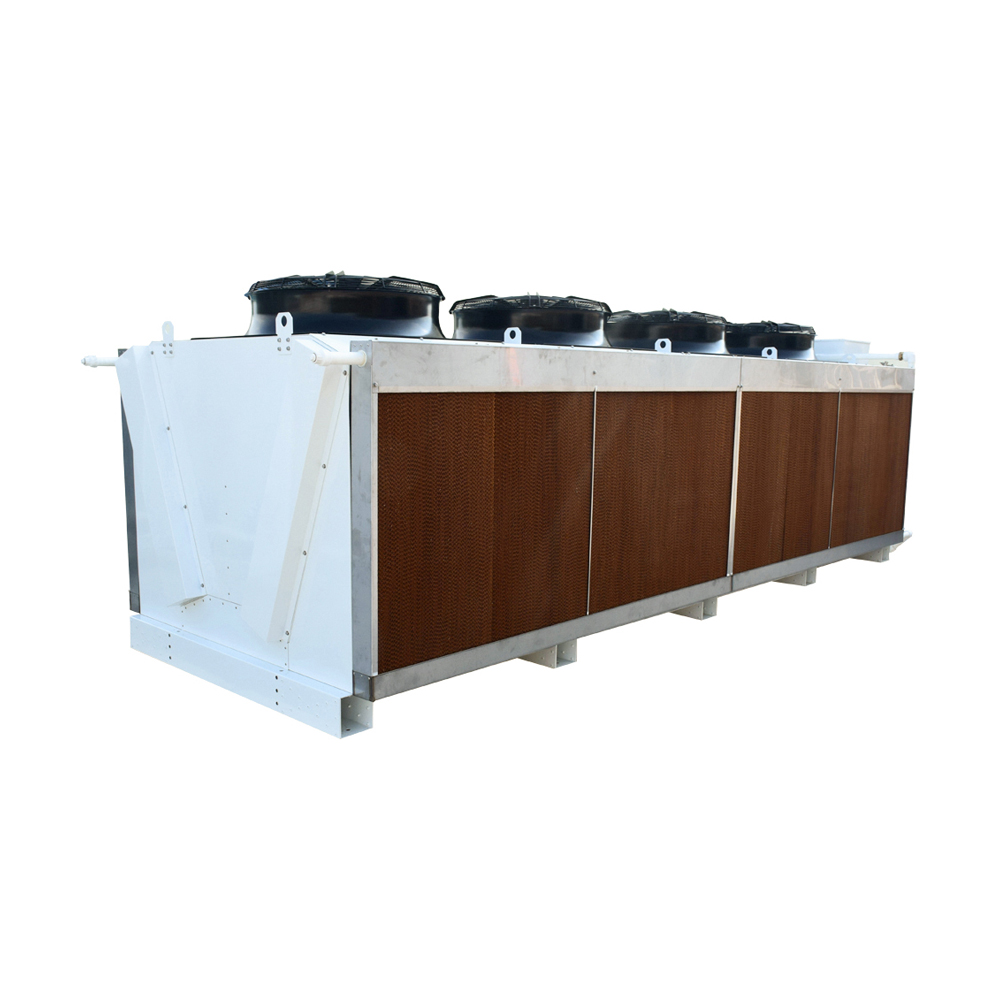การเลือกสิ่งที่ถูกต้อง เครื่องทำความเย็นของเหลว สำหรับความต้องการของคุณ
คู่มือที่ครอบคลุมนี้จะช่วยให้คุณเข้าใจประเภทต่างๆ เครื่องทำความเย็นของเหลว, their applications, and how to select the best one for your specific needs. We’ll explore key factors like cooling capacity, operating temperature, and maintenance requirements to ensure you make an informed decision. Whether you’re working with industrial processes, data centers, or other applications requiring efficient heat dissipation, this guide provides the essential information you need.

ทำความเข้าใจกับประเภทต่างๆ เครื่องทำความเย็นของไหล
ระบายความร้อนด้วยอากาศ เครื่องทำความเย็นของไหล
ระบายความร้อนด้วยอากาศ เครื่องทำความเย็นของเหลว use ambient air to dissipate heat from the fluid. They are typically less expensive than water-cooled options and require less maintenance. However, their cooling capacity is often limited by ambient air temperature and may not be suitable for high-heat applications. They’re commonly used in smaller-scale operations where the environmental impact is less of a concern.
ระบายความร้อนด้วยน้ำ เครื่องทำความเย็นของไหล
ระบายความร้อนด้วยน้ำ เครื่องทำความเย็นของเหลว offer higher cooling capacity and are more efficient in high-temperature environments. They use water as a secondary coolant, transferring heat away from the primary fluid more effectively. This makes them ideal for applications with higher heat loads, often found in industrial settings and larger data centers. While offering superior performance, they typically require more complex systems and potentially higher initial investment. Shanghai SHENGLIN M&E Technology Co.,Ltd นำเสนอโซลูชั่นระบายความร้อนด้วยน้ำประสิทธิภาพสูงที่หลากหลาย
ระเหย เครื่องทำความเย็นของไหล
ระเหย เครื่องทำความเย็นของเหลว use the process of evaporation to cool the fluid. This method is particularly energy-efficient, especially in dry climates. The heat is absorbed as water evaporates, resulting in a lower energy consumption compared to air or water-cooled systems. However, the effectiveness of evaporative cooling can be reduced in humid environments. They are often chosen for applications where energy efficiency and environmental friendliness are high priorities.
ปัจจัยสำคัญที่ต้องพิจารณาเมื่อเลือก เครื่องทำความเย็นของเหลว
การเลือกที่เหมาะสม เครื่องทำความเย็นของเหลว ขึ้นอยู่กับปัจจัยสำคัญหลายประการ:
ความสามารถในการทำความเย็น (บีทียู/ชม. หรือ กิโลวัตต์)
This determines the amount of heat the cooler can remove per hour. It’s critical to select a cooler with sufficient capacity to handle the heat load of your application. Underestimating this requirement can lead to overheating and equipment failure.
ช่วงอุณหภูมิในการทำงาน
The operating temperature range specifies the fluid’s temperature the cooler can effectively handle. Ensure the cooler’s range accommodates the expected operating temperature of your system.
ความเข้ากันได้ของประเภทของเหลว
แตกต่าง เครื่องทำความเย็นของเหลว are compatible with different fluids. Check the specifications to ensure compatibility with your specific fluid. Using an incompatible cooler can damage the equipment and void any warranty.
ข้อกำหนดการบำรุงรักษา
พิจารณาการบำรุงรักษาที่จำเป็นสำหรับแต่ละประเภท เครื่องทำความเย็นของเหลว. Some require more frequent cleaning or component replacement than others. Evaluate the long-term costs associated with maintenance and factor them into your decision.
ตารางเปรียบเทียบของ เครื่องทำความเย็นของเหลว ประเภท
| คุณสมบัติ | ระบายความร้อนด้วยอากาศ | ระบายความร้อนด้วยน้ำ | ระเหย |
| ความสามารถในการทำความเย็น | ล่าง | สูงกว่า | ปานกลาง |
| ประสิทธิภาพการใช้พลังงาน | ปานกลาง | ปานกลาง | สูง |
| การบำรุงรักษา | ต่ำ | ปานกลาง | ปานกลาง |
| ต้นทุนเริ่มต้น | ล่าง | สูงกว่า | ปานกลาง |
| ผลกระทบต่อสิ่งแวดล้อม | ปานกลาง | ปานกลาง | ต่ำ |
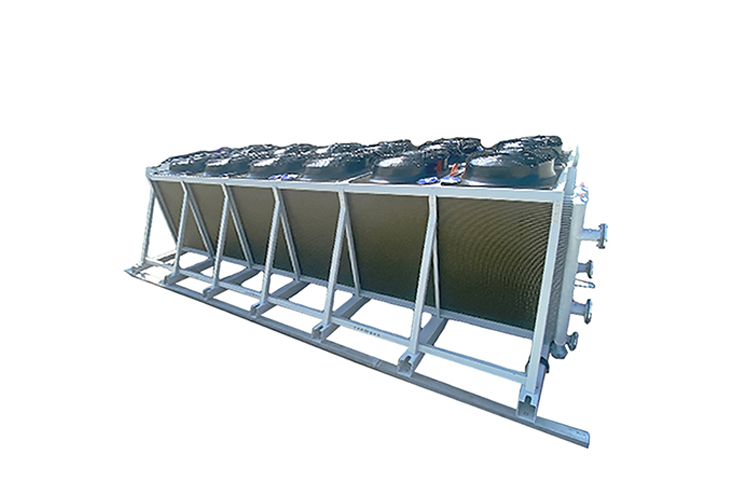
การเลือกสิ่งที่ถูกต้อง เครื่องทำความเย็นของเหลว: แนวทางปฏิบัติ
ก่อนตัดสินใจซื้อ ให้ประเมินความต้องการเฉพาะของคุณอย่างละเอียด พิจารณาภาระความร้อน ประเภทของของเหลว พื้นที่ว่าง และงบประมาณของคุณ อย่าลังเลที่จะปรึกษากับผู้เชี่ยวชาญจากบริษัทต่างๆ เช่น Shanghai SHENGLIN M&E Technology Co.,Ltd to get personalized recommendations. They can help you select the most suitable เครื่องทำความเย็นของเหลว เพื่อให้มั่นใจถึงประสิทธิภาพสูงสุดและอายุการใช้งานที่ยาวนาน
อย่าลืมศึกษาข้อกำหนดและแนวทางปฏิบัติของผู้ผลิตในการติดตั้งและใช้งานเสมอ











